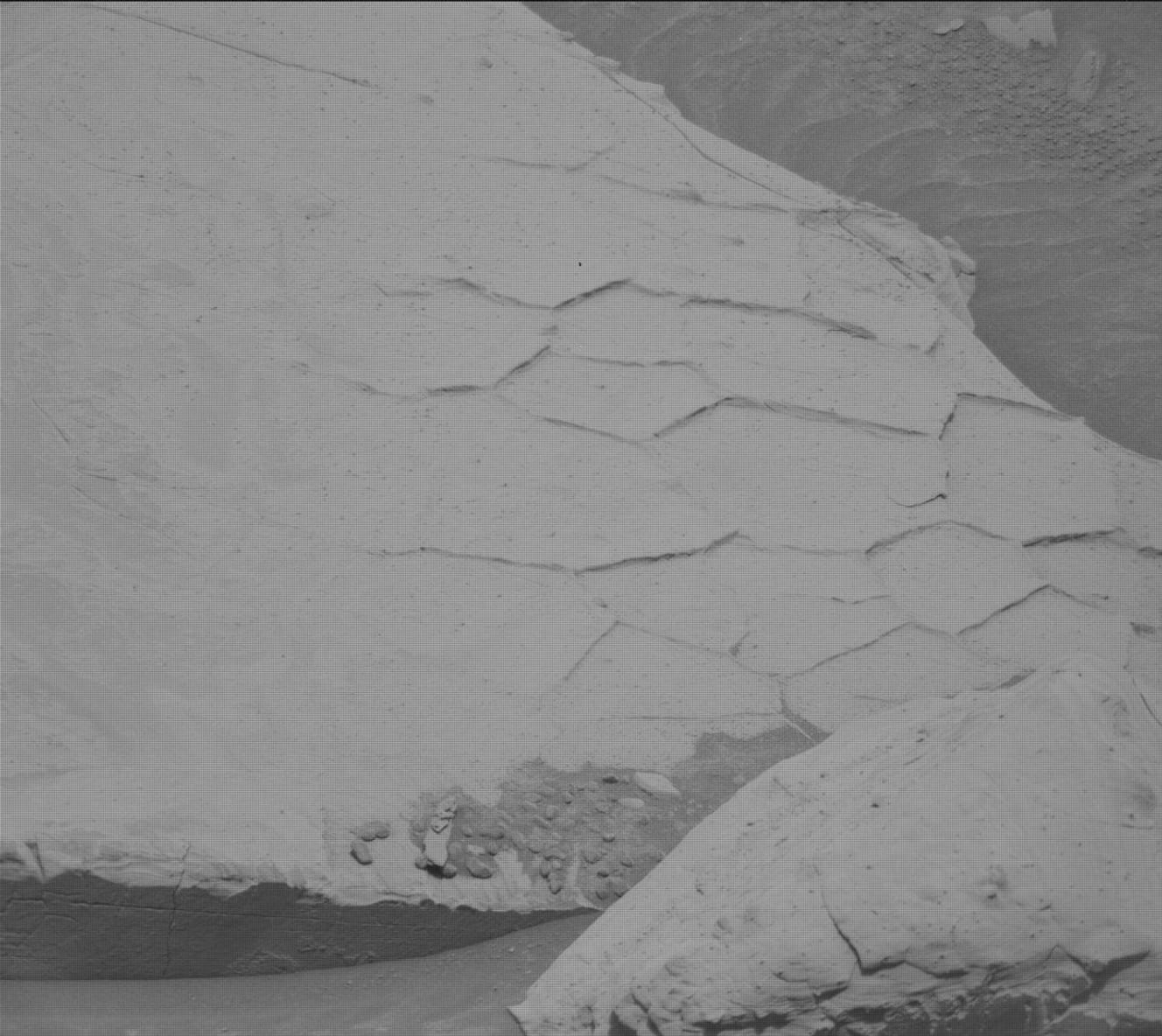Curiosity Rover’s Seven-Sol Plan for Thanksgiving: A Comprehensive Update
As the U.S. Thanksgiving holiday approaches, the Curiosity Rover team at NASA has embarked on an ambitious seven-sol (Martian day) plan. However, the weekend’s driving session was cut short, leading to a delay in receiving critical confirmation imagery. This imagery is essential to verify the rover’s stability before it can proceed with its scientific tasks. In this article, we’ll delve into the details of this mission plan, explain some of the technical aspects of the Curiosity Rover, and explore the significance of these operations.
The Curiosity Rover: An Engineering Marvel
The Curiosity Rover is a remarkable piece of engineering, standing at about 7 feet tall and weighing nearly 2,000 pounds. Comparable in size to a large car, the rover is equipped with a suite of scientific instruments designed to explore the Martian surface. For those interested in a closer look, NASA provides a 3D interactive model of the rover that includes detailed information about its dimensions here.
One of the key features of the rover is its robotic arm, which extends approximately 7 feet (2.1 meters). This arm is crucial for contact science operations, allowing the rover to reach out and analyze targets within its workspace. However, deploying this arm requires precise positioning to ensure the rover’s stability, emphasizing the need for the aforementioned confirmation images.
The Importance of Confirmation Imagery
Before the Curiosity Rover can extend its arm for scientific exploration, mission controllers must confirm that all six wheels are securely planted on the Martian surface. This stability check is vital to prevent any ‘wibbly-wobbly’ movements that could jeopardize the mission. Imagine a giant tower of Thanksgiving jello—no one wants the rover to be that unstable! The confirmation images provide visual assurance that the rover is in a safe position to proceed with its tasks.
Challenges and Contingencies
The delay in receiving the necessary images highlights the challenges of operating a rover millions of miles away. In the event of such setbacks, the mission team must adapt their plans accordingly. This flexibility is a testament to the team’s expertise and the robust design of the rover’s systems.
The Curiosity Rover team meticulously plans each sol’s activities, taking into account the rover’s current position, environmental conditions, and scientific priorities. When unexpected issues arise, like the early end to the weekend drive, the team must quickly assess the situation and devise a new plan to maximize the rover’s productivity.
The Role of the Rover’s Instruments
The Curiosity Rover is equipped with a variety of instruments designed to study the Martian environment. These include:
- Mast Camera (Mastcam): Captures high-resolution images and videos, providing valuable data on Martian terrain and atmospheric conditions.
- Chemistry and Camera Complex (ChemCam): Uses a laser to vaporize rock surfaces and analyze their composition.
- Alpha Particle X-Ray Spectrometer (APXS): Determines the elemental composition of rocks and soil.
- Sample Analysis at Mars (SAM): Analyzes organic compounds and gases in the Martian atmosphere.
Each instrument plays a critical role in fulfilling the mission’s scientific objectives, which include assessing Mars’ habitability, studying its climate and geology, and preparing for future human exploration.
Significance of the Seven-Sol Plan
The seven-sol plan is particularly significant as it covers the Thanksgiving holiday period, a time when many team members are not on duty. This requires careful planning to ensure the rover continues to operate efficiently and safely without constant human intervention. The plan includes a mix of driving, imaging, and scientific analysis to keep the rover active and productive.
Despite the initial setback, the team remains optimistic about the mission’s progress. The Curiosity Rover has already made significant contributions to our understanding of Mars, and each new sol brings the potential for groundbreaking discoveries.
Additional Insights: Rover Operations and Future Prospects
Operating a rover on Mars is an intricate process that involves collaboration between scientists and engineers across the globe. The mission team must consider a multitude of factors, including power management, communication delays, and the rover’s health and safety. Each decision is carefully weighed to ensure the rover can continue its mission for as long as possible.
Looking ahead, the data collected by the Curiosity Rover will inform the design and operation of future Mars missions, including those that aim to send humans to the Red Planet. The rover’s findings contribute to our understanding of Mars’ past and present, offering clues about its potential to support life.
Conclusion
The Curiosity Rover’s seven-sol plan is a testament to human ingenuity and the relentless pursuit of knowledge. Despite the challenges of remote operations and the vast distance between Earth and Mars, the mission team remains committed to unlocking the secrets of the Red Planet. As the rover continues its journey, it serves as a symbol of exploration and discovery, inspiring future generations to reach for the stars.
For more information on the Curiosity Rover and its mission, visit NASA’s official Curiosity mission page.
For more Information, Refer to this article.

































